Positive Material Identification or PMI is the non-destructive analysis of a metallic alloy to identify the constituent elements and their quantities. To ensure product or alloy quality as per requirement, PMI or Positive Material Identification testing provides a quick solution. PMI is an on-the-spot (on-site) examination method and is highly beneficial for projects where there is a possibility of a material mix-up. To verify the compliance of material certificates of composition, positive material identification is increasingly used in various industries.
A positive material identification test is normally performed using a handheld positive material identification gun. Once the PMI gun is fired at the material for a specified time it automatically produces the element compositions in its display and identifies the material.
Applications of Positive Material Identification
Several accidents in the petroleum and manufacturing sectors highlighted the need for specific materials during the design stage. Positive material identification ensures that the material provided by the vendor is exactly the same as is asked or deviating. So the mechanical and structural integrity of the plant is maintained. This is the reason PMI is widely used as an inspection tool in recent times. The industries that found the application of positive material identification are:
- Oil & Gas, Chemical, Petrochemical, Refinery
- Aeronautical
- Pharmaceutical
- Power Plant
- Steel, etc
For verifying in-stock materials, plant inspection, failure analysis, component validation, operational and installation qualification, etc. PMI is widely used. Positive material identification is used as an integral part of the process safety management system. It can also be used to verify welding materials to check if compatible filler material is used.
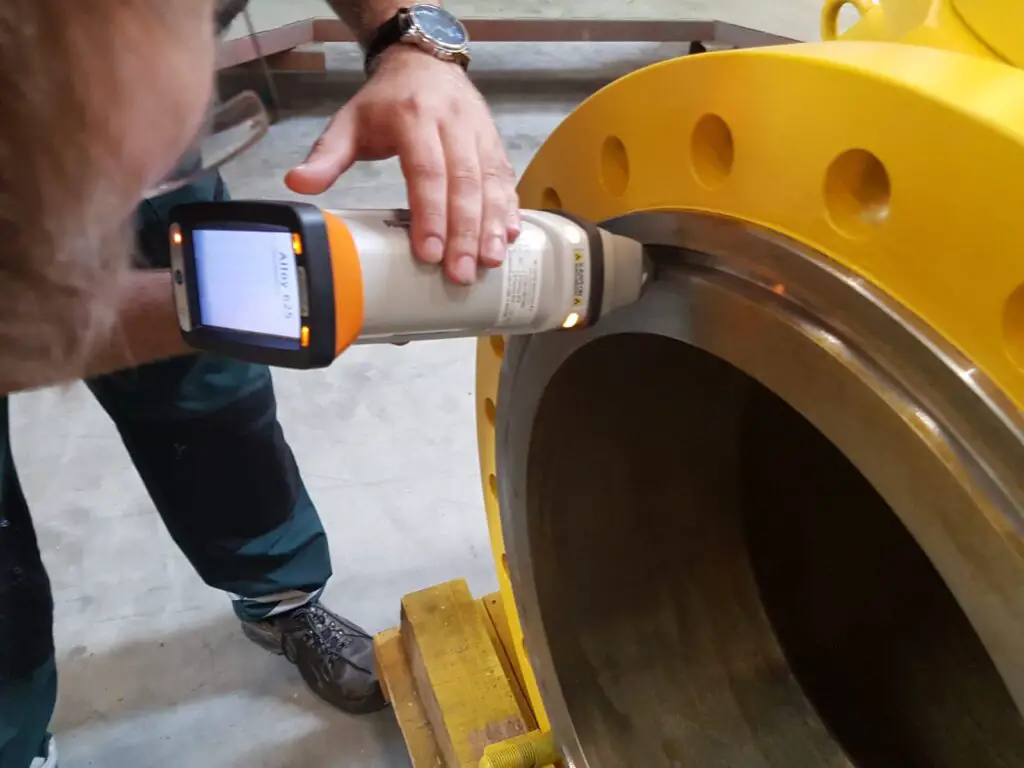
Positive Material Identification Testing Methods / PMI Methods
PMI Analyzers of recent times use any of the below-mentioned three different technologies:
- X-ray Fluorescence (XRF),
- Optical Emission Spectrometry (OES) or
- Laser-Induced Breakdown Spectroscopy (LIBS).
Depending on the analysis needs, the technology is chosen.
XRF Method of PMI:
The XRF method uses x-rays. The component is exposed to a flux of x-rays released from the PMI gun. The atoms of the material absorb this energy and they emit secondary x-rays that are unique to the elements present. By measuring this energy and intensity of the secondary x-rays, the XRF PMI gun provides the composition of the material. ASTM E 1476 provides a well-defined procedure to guarantee reliable and accurate results. XRF positive material identification is one of the quickest and most comprehensive PMI methods.
OES Method of PMI:
In the OES method of positive material identification, the material is exposed to a spark from an electrode in an argon atmosphere. The spark causes the material to emit light having a unique coloration based on the material composition. The chemical composition of the component can be identified by examining the light emitted.
LIBS Method of Positive Material Identification
LIBS or Laser-Induced Breakdown Spectroscopy method of PMI uses a high-focused laser to ablate the sample surface. The electronically excited atoms and ions form a plasma. As these atoms decay back into their ground states, they emit characteristic wavelengths of light, or “unique fingerprints”. These “fingerprints” are distinct for each element which is analyzed by the LIBS analyzer for producing quantitative and qualitative results. This is the newest technology for positive material identification tests.
All the above three technologies come in a portable format inside a hand-held device known as a positive material identification gun. All three produce reliable results. However,
- XRF can even be used to analyze hot samples like process components at process or power plants. XRF can analyze any type of component whether it is conductive or non-conductive; metallic or non-metallic, granular, or liquid forms.
- OES PMI test provides superior performance in measuring nitrogen, carbon, boron, and phosphorous in steel.
- LIBS PMI technology is particularly good for measuring aluminum alloys and makes it a useful method for sorting scrap metal.
Advantages or Benefits of Positive Material Identification or PMI
PMI testing is versatile and can be used on any shape and size. It comes with a number of advantages as follows:
- A lightweight Handheld device for positive material identification testing.
- Produce consistent reliable results with a high degree of repeatability.
- Quick analyses of components or materials.
- On-site PMI technology
- Minimal preparation in most cases
- Large materials-data library for rapid PMI
- A required alternative for missing original materials reports
- Highly accurate results for good quality control.
- Field testing with laboratory quality.
- Reduced risk of company liability.
- Fast audit times.




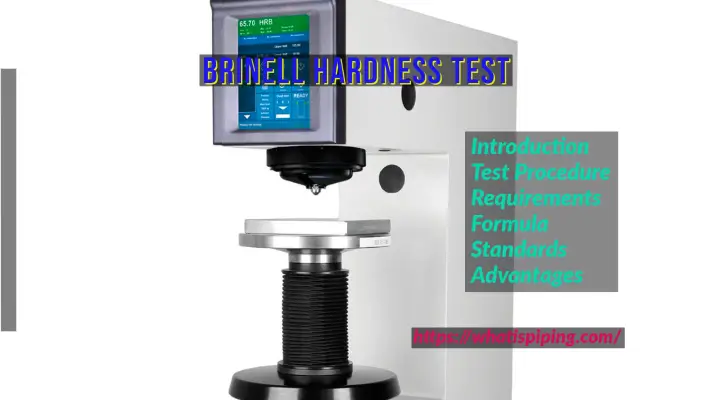

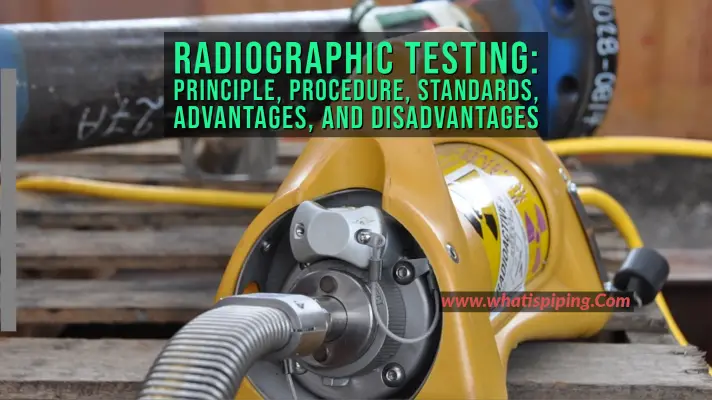
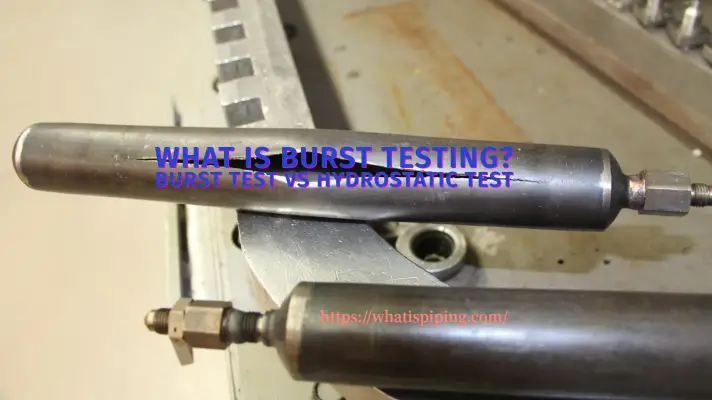
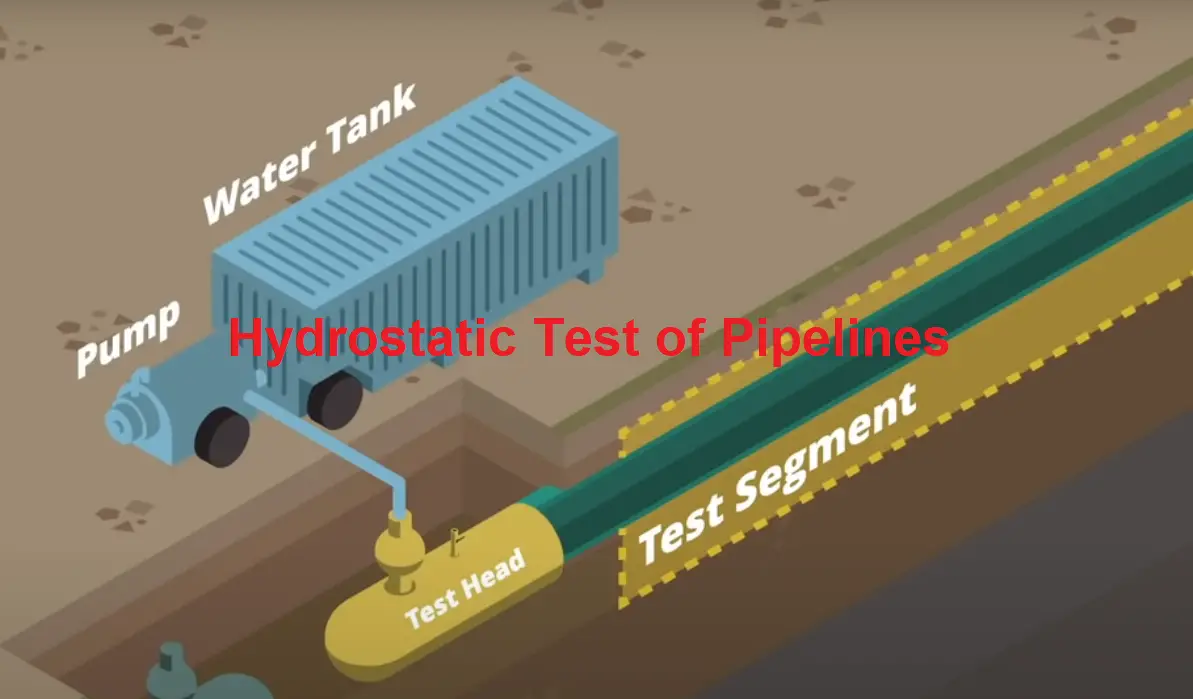
Its nodought your’s post is most valuable.
Thank so much sir !
A suggestion is to incorporate a reference to API RP 578, which give the reader a better insight in the use or application of PMI.
Thank you very much sir